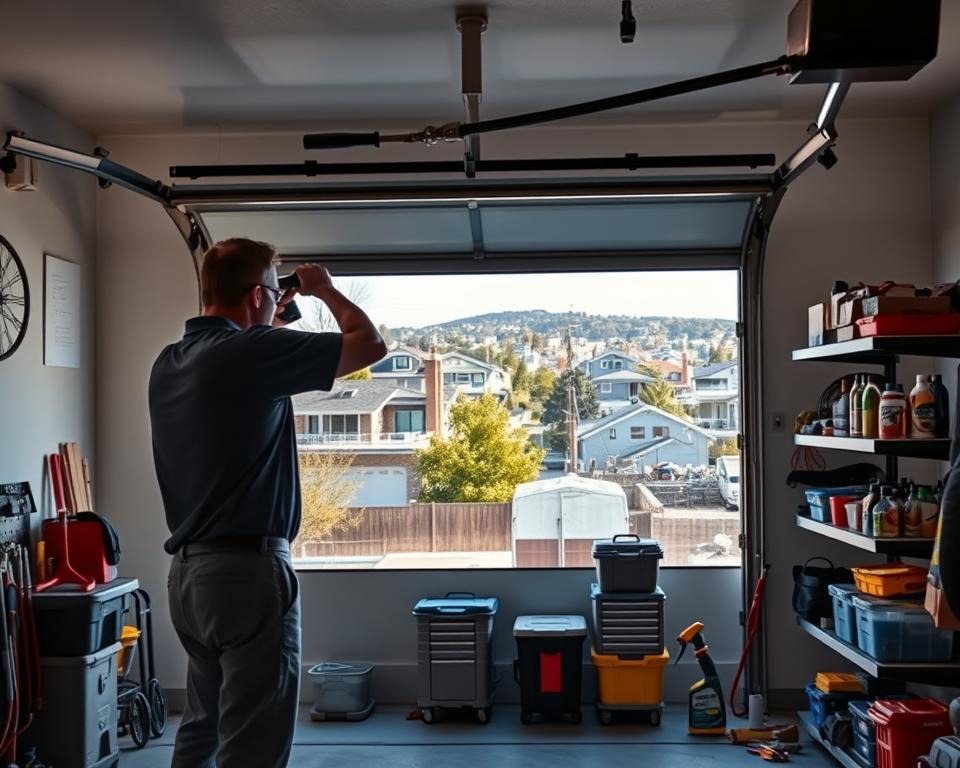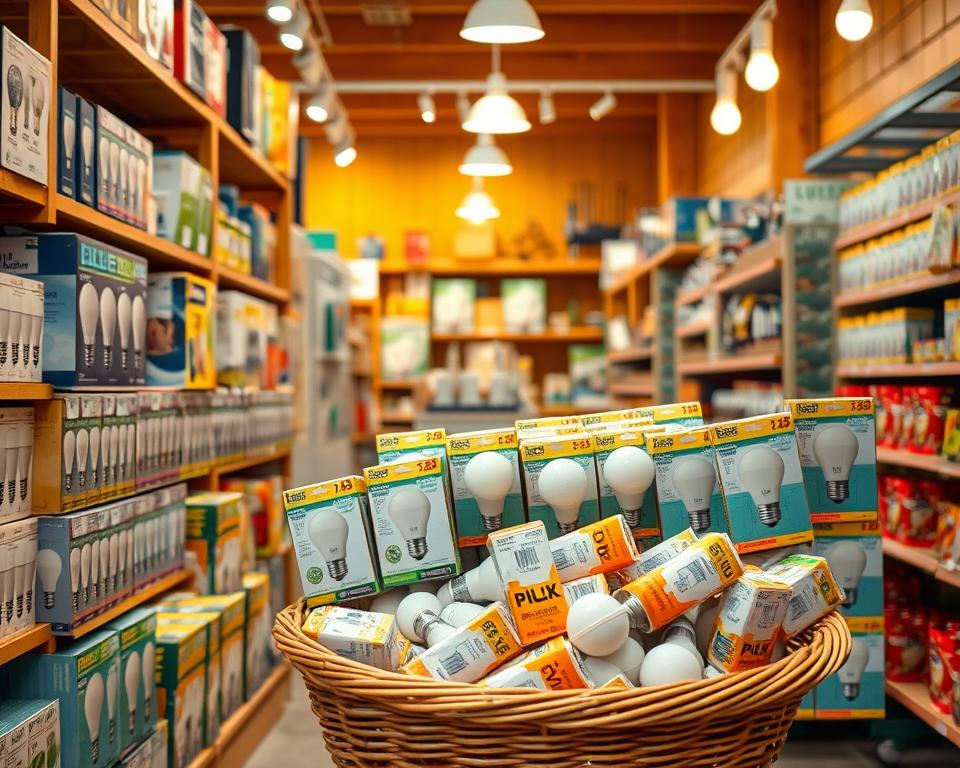Affordable Garage Door Installation Companies in La Palma
All-hours Garage Door Repair in La Palma – Immediate Support
Envision your carport entryway malfunctioning in the dead center of the late hours. Such urgent situations can make you sensing at risk and in desperate necessity of assistance. Coastline Garage Doors is here to offer reliable urgent garage door help in La Palma, securing your security and comfort at all times. Our crew of trained experts is poised to assist you 24/7, making residential garage door installation both obtainable and efficient. When a garage door urgent situation happens, our immediate help and skill are just a phone away.
Important Takeaways
- Coastline Garage Doors furnishes urgent garage door help around the clock.
- Swift help is critical for preserving your residence.
- Consistent garage door maintenance brings reassurance during unexpected situations.
- Our experienced specialists are consistently set to manage garage door emergencies.
- Our rapid reaction times are a notable aspect of our superior garage door repair solutions.
Getting to Know 24/7 Garage Door Service
Preserving your garage door in proper function is vital for your residence’s safety and ease of use. The need for trustworthy garage door restoration is evident. Small issues can become major hazards or irritations if not resolved. It’s necessary to identify the signals of a flawed garage door soon.
The Value of Steady Maintenance Services
Having a trustworthy garage door maintenance service implies your mechanism performs without a hitch. Routine care and quick resolutions increase your door’s life and preserve your home protected. A operating garage door protects your autos and items of value, offering you serenity about security and entry.
When to Call for Critical Assistance
Recognizing when to phone for emergency garage door support is vital. Some issues necessitate rapid attention to evade more problems. Here are indicators you should request aid promptly:
- Noticeable impairment to door segments
- Strange sounds during performance
- The door is unable to open or close correctly
- Fractured springs or cords
- Non-working garage door devices
Correcting these difficulties speedily maintains your garage door working properly and thwarts security dangers.
Typical Garage Door Issues
Diverse issues can impair a garage door’s operation. Recognizing these typical garage door problems helps homeowners avoid issues and receive fixes promptly.
Bent or Indented Door Segments
Twisted door segments can considerably impact a garage door’s effectiveness. They not only disturb the door’s positioning but also compromise security. Twisted door segments mending often encompasses straightening or substituting segments, contingent upon the harm. Property owners should deal with any strikes or abnormalities swiftly.
Harmed Coils and Their Implications
Garage door coil issues constitute significant security hazards. Worn or ruptured springs can make the door to break down or even collapse, endangering those in proximity. Correcting garage door coil troubles needs a complete check and careful handling, as coils are under extreme strain.

Malfunctioning Garage Door Operators
Broken openers can seriously restrict garage entry, confining automobiles within or blocking admission. Analyzing and fixing these difficulties often demands trained knowledge. Regular examinations on the opener apparatus can aid evade bothersome malfunctions.
Benefits of Immediate Garage Door Support
Immediate garage door services furnish homeowners with vital plusses when unforeseen complications develop. These services assure your garage door runs safely and safely. Recognizing these perks assists in formulating knowledgeable decisions during crises.
Quick Reaction Durations
Going with prompt response garage door services provides a substantial advantage. When a garage door fails, it can create major interferences. Quick action teams rapidly address difficulties, letting consumers to regain access and restore regular conditions without delay.
Trained Experts Accessible All Hours
Property owners can trust trained experts for garage door upkeep, available 24/7. These experts are well-trained and seasoned in dealing with diverse garage door problems. Their capability ensures property owners get aid at any time, giving calm.
Synopsis of Coastline Garage Doors
Coastline Garage Doors is a top entity in La Palma for garage door fixing and setup. It has acquired a strong name through its devotion to excellence and client contentment. Coastline serves both residents and organizations, supplying individualized answers for different garage door needs. They assure steady help, on call 24/7.
Why Choose Coastline for Your Garage Door Needs?
Coastline Garage Doors is the preferred option for countless in La Palma. Here’s why:
- Trained workers with in-depth expertise of garage door restoration and placement.
- Rapid response periods to minimize disruption for your garage door issues.
- Employment of excellent supplies and components for maintenance.
- Upfront pricing with no undisclosed fees.
Operating Territories Included in La Palma
Coastline Garage Doors covers a large selection of areas in La Palma. This makes it a useful selection for both household and commercial patrons. Here’s a brief synopsis of the main coverage territories:
| Neighborhoods | Space from La Palma Center |
|---|---|
| Heart of La Palma | 5 miles |
| Uptown La Palma | 10 miles |
| Peripheral District | 15 miles |
| City Limits | 20 miles |
Nonstop Garage Door Maintenance in La Palma
Dwellers of La Palma can rely on Coastline Garage Doors for their immediate garage door needs at any hour. Our team is committed to offering quick garage door assistance in La Palma. We strive to decrease inconvenience for each property owner.
Rapid and Efficient Support
Our professionals are consistently set to assist with any garage door trouble, daytime or nighttime. Coastline Garage Doors is committed to furnishing effective garage door fixes. We employ fully-equipped service vehicles, allowing our skilled specialists to fix complications on their initial trip. This secures swift and successful corrections.
Immediate Garage Door Solutions
Coastline is expert at rapid garage door repair, striving for unsurpassed help. Residents encountering garage door complications don’t must wait much time for help. Our team’s productivity and willingness secure your garage door’s state is brought back promptly.
Professional Garage Door Upkeep
Keeping up your garage door is critical for its permanence and operation. Periodic care is beyond a job; it’s a important dedication in your home’s protection and performance. By carrying out preventative preservation, you can avoid many future difficulties. Noticing small problems early can preclude costly repairs and substantial disruptions.
Preemptive Servicing Suggestions
- Oil operational elements to reduce abrasion and deterioration.
- Examine coils for any signs of degradation or injury.
- Keep tracks without dirt to certify unhindered performance.
- Assess the door balance for ideal efficiency.
- Examine and fasten any loose equipment to retain steadiness.
Lasting Gains of Regular Check-ups
Periodic garage door checks provide significant advantages. House owners enjoy a less problematic operating door, decreasing the likelihood of abrupt malfunctions. Routine examinations enable spot complications early, thwarting them from turning into costly fixes. This attention on preemptive upkeep provides serenity, realizing your garage door setup is operating well and dependably.
Varieties of Garage Door Repairs Offered
Coastline Garage Doors delivers a broad array of garage door fixing assistance for both property owners and enterprises. Our staff is adept in various restorations, certifying your garage door equipment persists as functional and protected. We offer vital services like coil substitution and garage door operator repair. Our services apply to various kinds of garage doors, satisfying the needs of residential and industrial consumers.
Garage Door Coil Swap
Spring substitution is a standard maintenance we handle. Springs can deteriorate or fracture, influencing the door’s efficiency. Substituting them speedily is essential for the door’s working and protection. Our technicians are competent at dealing with different spring forms, guaranteeing fixes are both secure and effective.
Garage Door Operator Maintenance and Programming
We also specialize in garage door opener fixing. Non-working operators can be a serious inconvenience. Our specialists are experts in analyzing and correcting diverse complications. We also provide configuration support to assure your operator performs effectively and securely, boosting your residence’s safety.
Commercial and Household Support
Coastline Garage Doors is poised to serve both professional and domestic consumers. Our process ensures all patron obtains a fix adapted to their demands. With our knowledge, you can count on your garage door to be secure and useful.
Patron Testimonials and Happy Endings
Patron recommendations are a essential aspect when choosing garage door help. Coastline Garage Doors has amassed several approving endorsements from patrons in the area. These reviews emphasize the business’s prompt response and successful maintenance, creating a meaningful effect in pressing situations.
Genuine Experiences from La Palma Inhabitants
Locals of La Palma have communicated their positive stories with garage door services. Their narratives highlight the relevance of capability and capability in addressing crises. For instance, a home described their incident with a garage door failure on a drizzly evening. The team’s rapid support was calming, revealing their pledge to patron service.
A different house owner applauded the swift correction of their garage door mechanism issue. This enabled for nonstop everyday operations. Their happiness with the assistance accentuates Coastline Garage Doors’ commitment to successful resolutions. These accounts from La Palma locals stress the value of speedy and dependable help in establishing confidence and happiness.
Bringing It All Together
Picking Coastline Garage Doors for round-the-clock garage door repair in La Palma implies you receive swift, reliable support when you want it extremely. Urgent situations can arise without alert. Employing trustworthy garage door assistance can markedly enhance your residence’s protection and comfort.
Our staff of skilled workers is consistently poised to assist, whether it’s a unanticipated breakdown or regular maintenance to escape prospective difficulties. With Coastline Garage Doors, you can rely on us to manage your garage door demands with competence and thoroughness.
If you’re in necessity of reliable garage door services, don’t wait to reach out. Your security and gratification are our main interests, making us the optimal selection for the entirety of your garage door fixing demands in La Palma.









